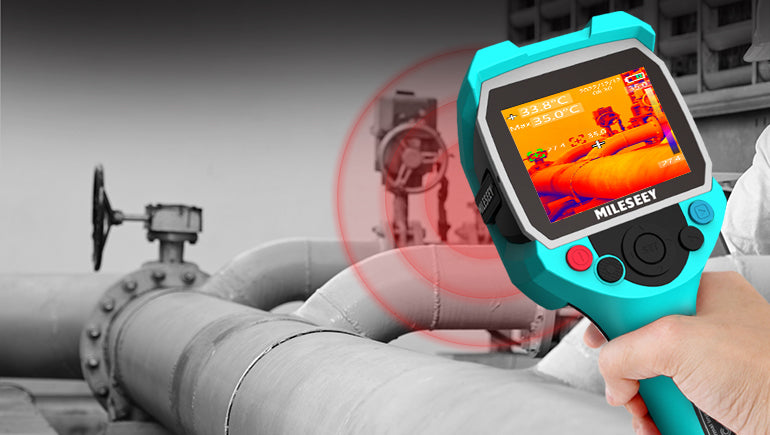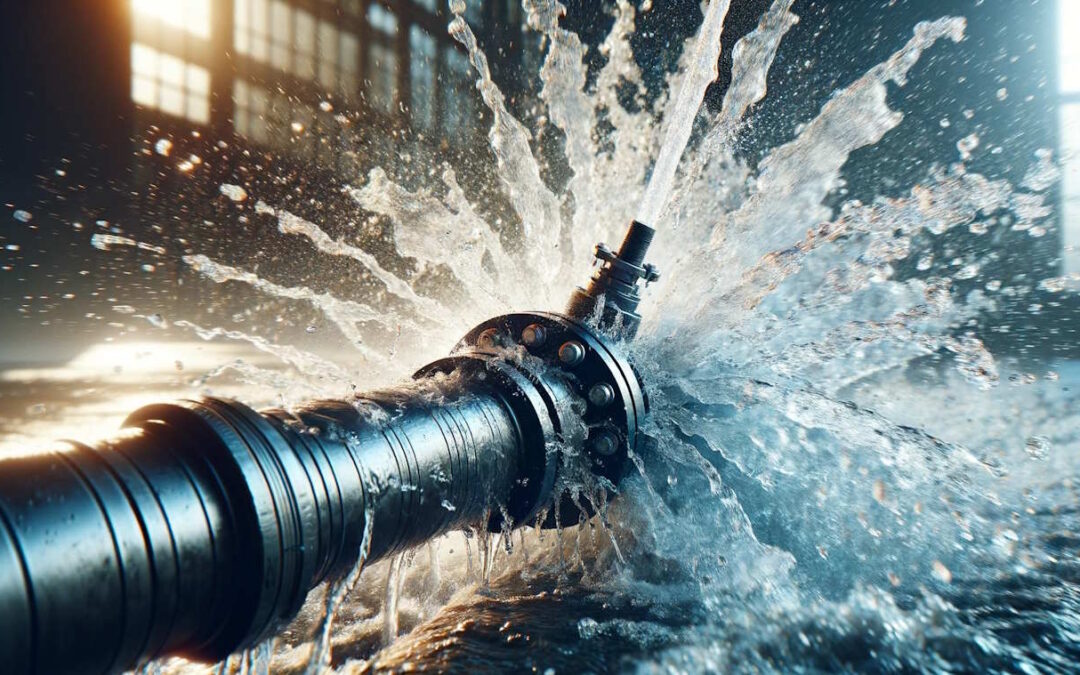Water Leak Detection: How to Recognize and Fix Leaks Prior To They Create Damages
Innovative Solutions for Very Early Detection of Water Leaks in Structures and Facilities
From cutting-edge leak detection innovations to the implementation of IoT sensors for real-time tracking, the landscape of leak prevention is developing quickly. Automated water flow analysis systems are reshaping how leaks are identified and addressed, paving the way for a proactive approach to water leak detection.
Advanced Leak Detection Technologies
Advanced leak detection modern technologies, outfitted with cutting-edge sensing units and formulas, play a crucial role in swiftly identifying and determining water leakages in numerous settings. These innovations use a mix of acoustic, thermal, and electromagnetic sensing methods to spot leaks accurately. Acoustic sensors identify the audio of running away water, permitting for specific localization of the leakage resource. Thermal imaging finds temperature level modifications triggered by water leakage, supplying one more efficient method for leak identification. Electro-magnetic sensing units can determine changes in magnetic fields brought on by water, providing yet an additional layer of leakage detection capability.

IoT Sensors for Real-Time Tracking
In the world of modern-day water leak detection, the combination of IoT sensing units for real-time monitoring represents a crucial development in improving aggressive leak discovery capacities. These sensing units offer continuous tracking of water supply, giving real-time data on water flow rates, pressure variations, and temperature changes. By leveraging IoT innovation, these sensing units can identify also the smallest anomalies in water usage patterns, enabling early identification of potential leaks prior to they escalate right into significant concerns.
IoT sensing units transmit data to a centralized platform, where advanced algorithms evaluate the info and produce informs or alerts when abnormalities are detected. This real-time tracking ability enables residential or commercial property proprietors or center supervisors to immediately attend to leaks, reducing water damage, lowering repair costs, and preserving water resources.
Moreover, IoT sensors can be integrated with structure administration systems, permitting for computerized reactions to spotted leaks, such as shutting off water valves or turning on pumps to minimize the effect of leaks. On the whole, the application of IoT sensors for real-time surveillance dramatically improves the performance and efficiency of water leak discovery in buildings and framework.
Device Learning Algorithms for Leakage Prediction

One trick advantage of using artificial intelligence for leakage prediction is its capacity to constantly learn and boost its accuracy over time. As even more data is accumulated and fed into the formula, it can fine-tune its forecasts and adapt to transforming conditions, ultimately raising the dependability of leak discovery systems.
Moreover, artificial intelligence formulas can assist in recognizing subtle indicators of leaks that might go unnoticed by standard monitoring techniques. water leak detection. By assessing complicated information sets in real-time, these algorithms can give early cautions and notifies, permitting for prompt treatment and preventive upkeep to minimize potential water damages and linked costs
Using Thermal Imaging for Leakage Detection
Thermal imaging modern technology provides an encouraging approach for finding water leaks in different systems and frameworks. By using infrared radiation and temperature level variances, thermal imaging cams can recognize covert leakages that are not conveniently visible to the naked eye. When water gets away from pipelines or structures, it commonly alters the temperature level of the bordering area, producing temperature level differentials that thermal video cameras can capture. These temperature abnormalities are after that converted right into noticeable images, highlighting the exact location of the leak.
Among the vital benefits of thermal imaging for leakage detection is its non-intrusive nature. Unlike conventional techniques that may require breaking into wall surfaces or floorings to find leaks, thermal imaging permits non-destructive testing. This not only saves time and decreases costs but also decreases disruption to the building or infrastructure being evaluated. In addition, thermal imaging can quickly scan huge locations, providing an extensive summary of prospective leakage resources in a timely way. On the whole, using thermal imaging innovation improves the performance and precision of water leak detection, making it an important device for preserving the integrity of buildings and frameworks.
Automated Water Flow Evaluation Systems
Just how can automatic water circulation analysis systems change the detection and monitoring of leaks in numerous systems and facilities? Automated water circulation analysis systems supply a positive approach to leak discovery by constantly keeping track of water circulation rates and patterns. By developing standard information, these systems can swiftly identify deviations that might indicate a leakage, enabling prompt treatment to stop substantial damage.
These systems make use of innovative algorithms to examine real-time data and give instant signals when abnormalities are discovered, enabling speedy activity to be taken. In addition, automatic water flow evaluation systems can be incorporated with structure management systems check that or IoT platforms, enhancing general performance and making it possible for remote monitoring abilities.
Furthermore, the data collected by these systems can be used for anticipating upkeep objectives, aiding to recognize prospective weak factors in Related Site the facilities before leaks take place. On the whole, the execution of computerized water circulation analysis systems can substantially enhance leak detection and management techniques, inevitably causing cost financial savings, reduced water wastage, and raised sustainability in structures and facilities.

Conclusion
Finally, the assimilation of innovative leak detection innovations, IoT sensors, equipment understanding algorithms, thermal imaging, and automated water flow analysis systems provides ingenious remedies for very early discovery of water leakages in structures and framework. These modern technologies make it possible for real-time surveillance, forecast of leakages, and reliable discovery techniques to stop water damages and waste. Applying these solutions can assist in preserving the honesty and sustainability of water systems in numerous setups.